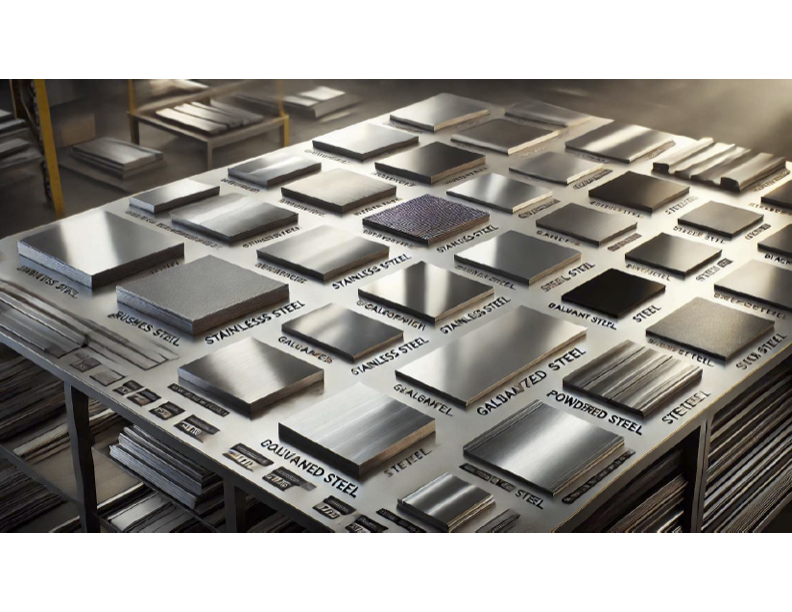Stainless steel isn’t just one metal—it’s a whole family. And if you're picking a type for a job, whether you're building a kitchen sink, a surgical tool, or a skyscraper, the grade you choose matters a lot. Each grade has its own properties, strengths, and weaknesses. Here’s a clear breakdown of what you need to know.
The Basics: What Makes Steel “Stainless”?
Stainless steel is steel with added chromium—at least 10.5%—which gives it its corrosion resistance. Other elements like nickel, molybdenum, and carbon are added in different combinations to create different grades with specific characteristics.
The Main Categories of Stainless Steel
There are five general families of stainless steel, but the most commonly used fall into three categories:
1. Austenitic Stainless Steel (300 Series)
-
Examples: 304, 316
-
Key Features: High corrosion resistance, non-magnetic, excellent formability and weldability.
-
Common Uses: Kitchen equipment, food processing, chemical containers, marine parts.
304 Stainless Steel is the most widely used. It’s durable and resists oxidation and corrosion in most environments.
316 Stainless Steel is like 304 but with added molybdenum, making it more resistant to chlorides (like salt). It’s the go-to for marine applications and harsh chemical environments.
2. Ferritic Stainless Steel (400 Series)
-
Examples: 409, 430
-
Key Features: Magnetic, less corrosion-resistant than austenitic, more affordable.
-
Common Uses: Automotive exhaust systems, appliances, indoor architecture.
430 Stainless Steel is popular in kitchen appliances and decorative trim. It’s good-looking and resists oxidation but won’t hold up to marine or industrial environments.
3. Martensitic Stainless Steel
-
Examples: 410, 420, 440
-
Key Features: High strength, magnetic, can be heat-treated, lower corrosion resistance.
-
Common Uses: Cutting tools, knives, dental and surgical instruments.
440C Stainless Steel is known for its high hardness and edge retention, making it a favorite for high-end knives.
Specialty Grades: Going Beyond the Basics
Some stainless steels are designed for extreme conditions.
-
Duplex Stainless Steel: Combines austenitic and ferritic structures. Twice the strength of 304/316 with good corrosion resistance. Used in offshore oil rigs and pressure vessels.
-
Precipitation-Hardening Stainless Steel (e.g., 17-4 PH): Can be hardened with heat treatment. Used in aerospace and high-strength parts.
Choosing the Right Grade
Ask yourself:
-
Will it be exposed to saltwater or chemicals? → Go with 316 or duplex.
-
Is appearance important? → Consider 304 or 430.
-
Do you need hardness and strength? → Look at martensitic grades like 440C.
-
Is cost a major factor? → Ferritic grades like 409 might be the answer.
Final Thoughts
Not all stainless steel is created equal. Knowing the difference between 304, 316, 430, and other grades can save you from costly mistakes—like rusted components or failed welds. Always match the material to the job.
If you're working with stainless steel and unsure which grade to use, don’t guess. Make the right call based on environment, performance needs, and budget. Stainless steel is strong stuff—but only when it’s the right kind.

